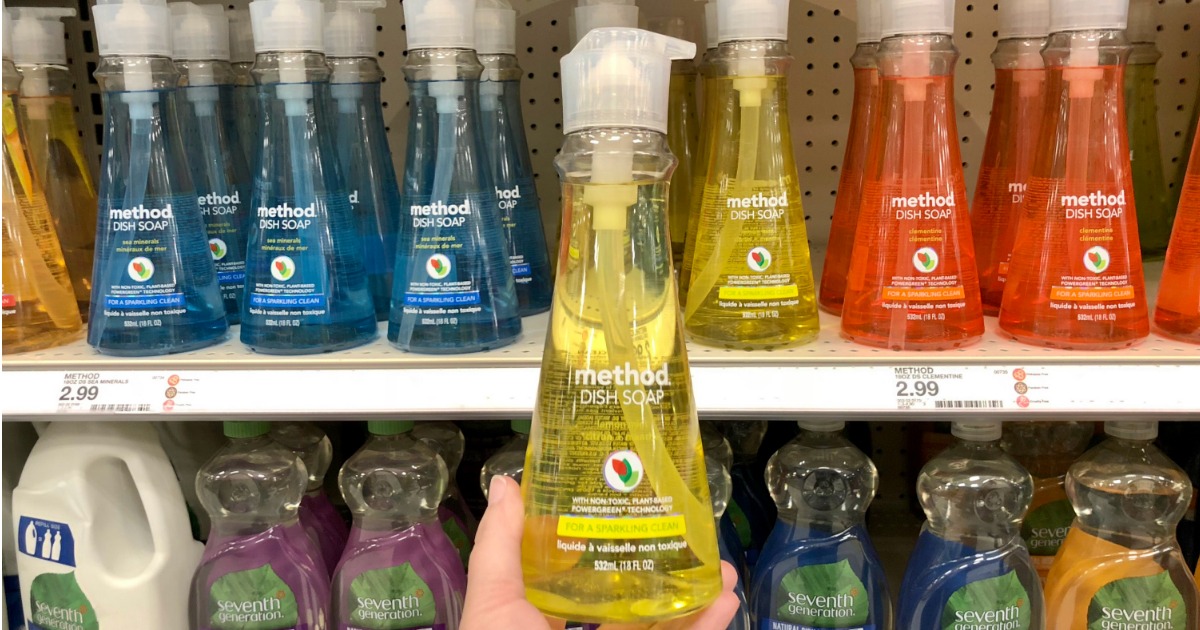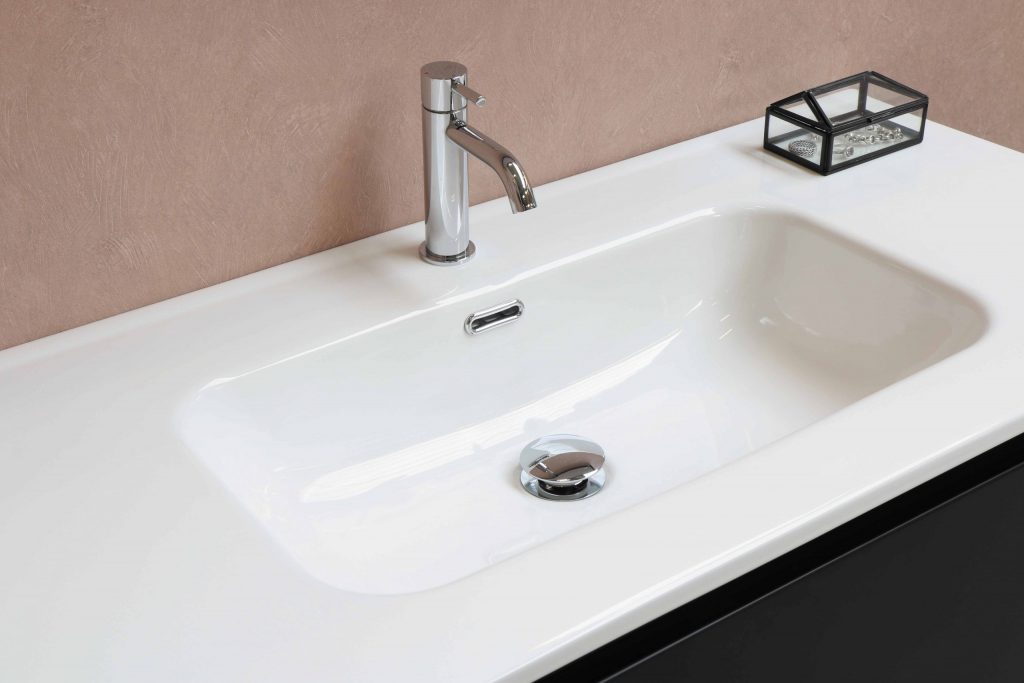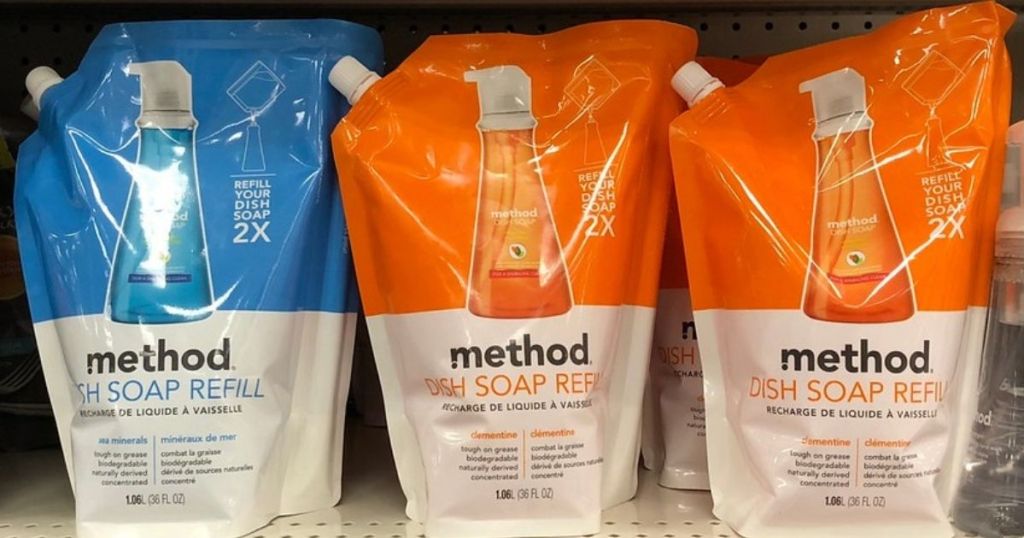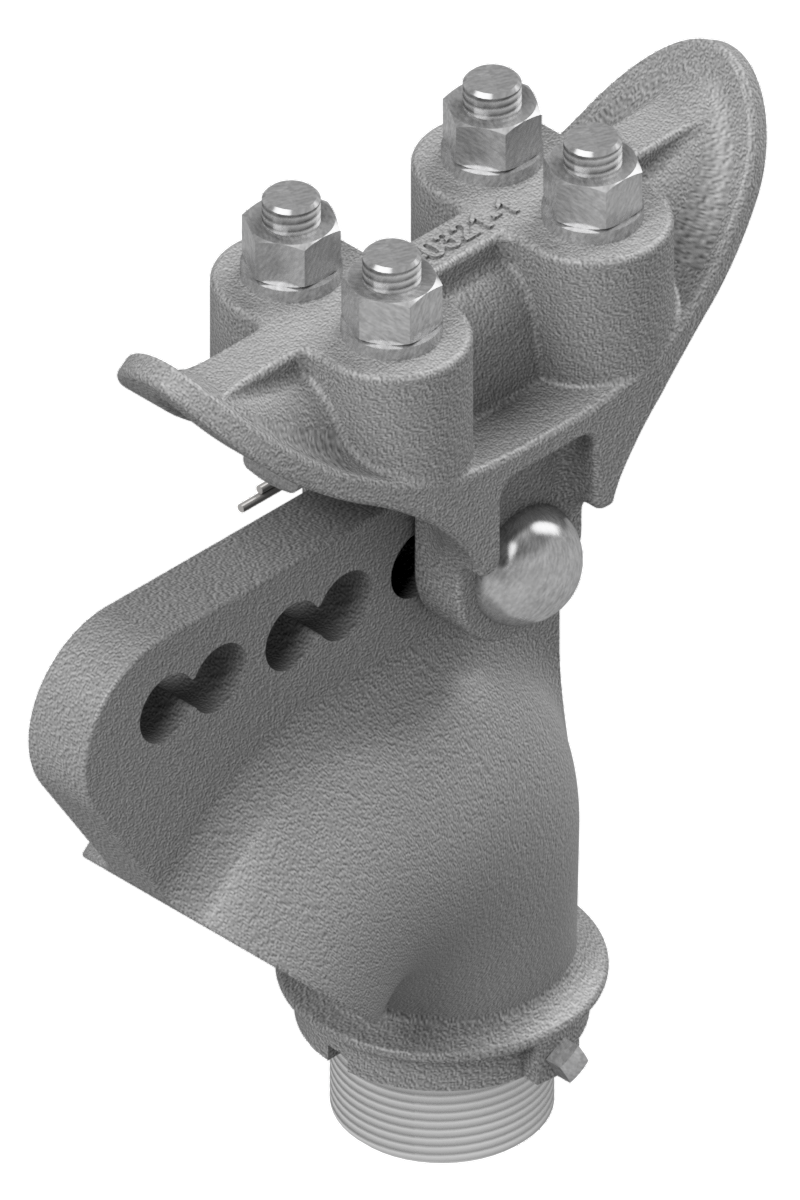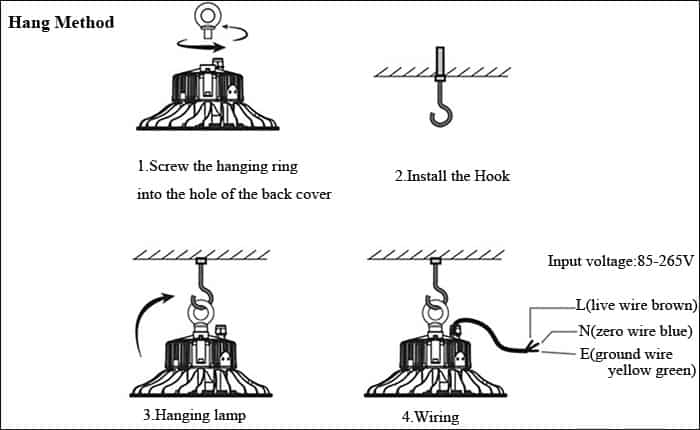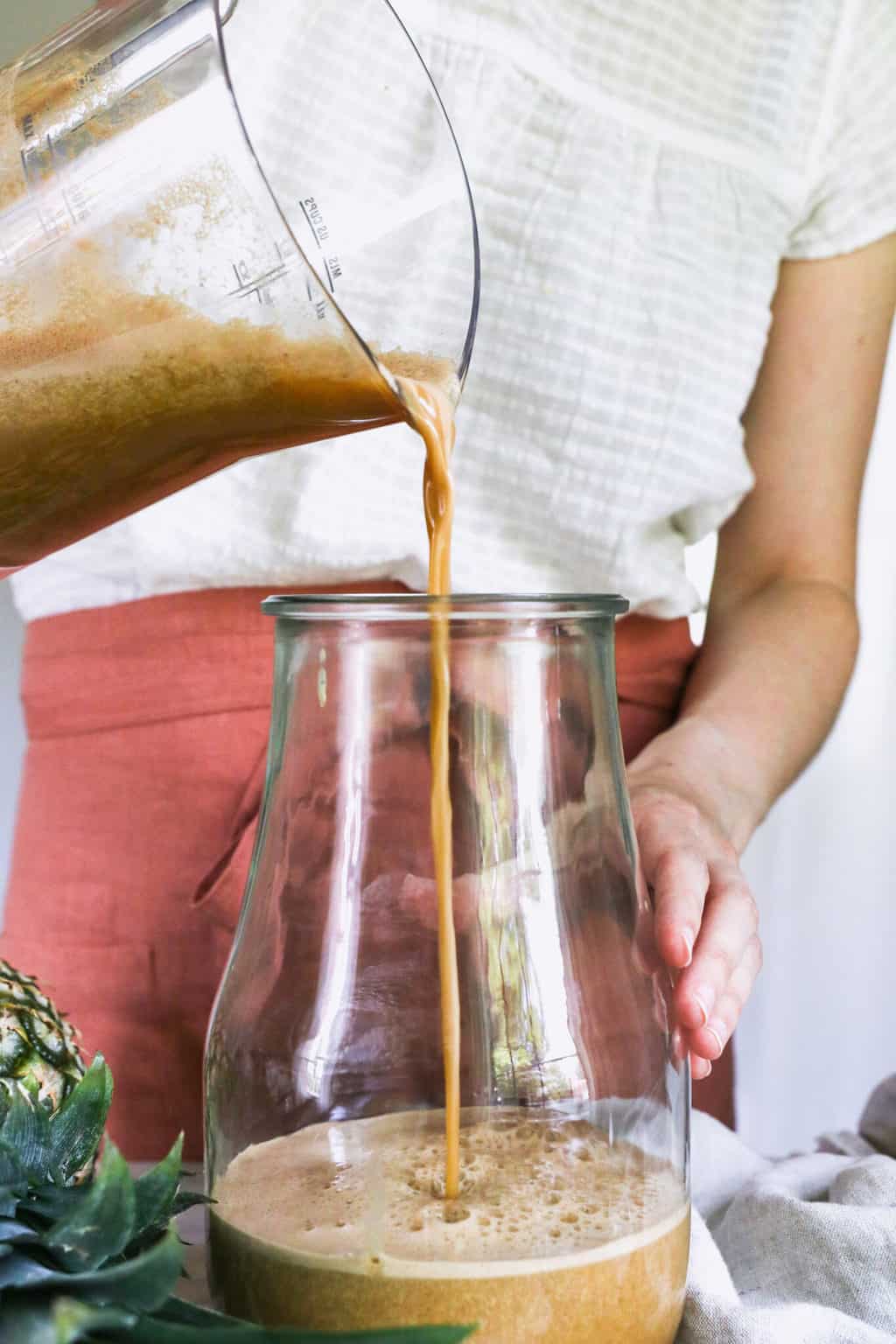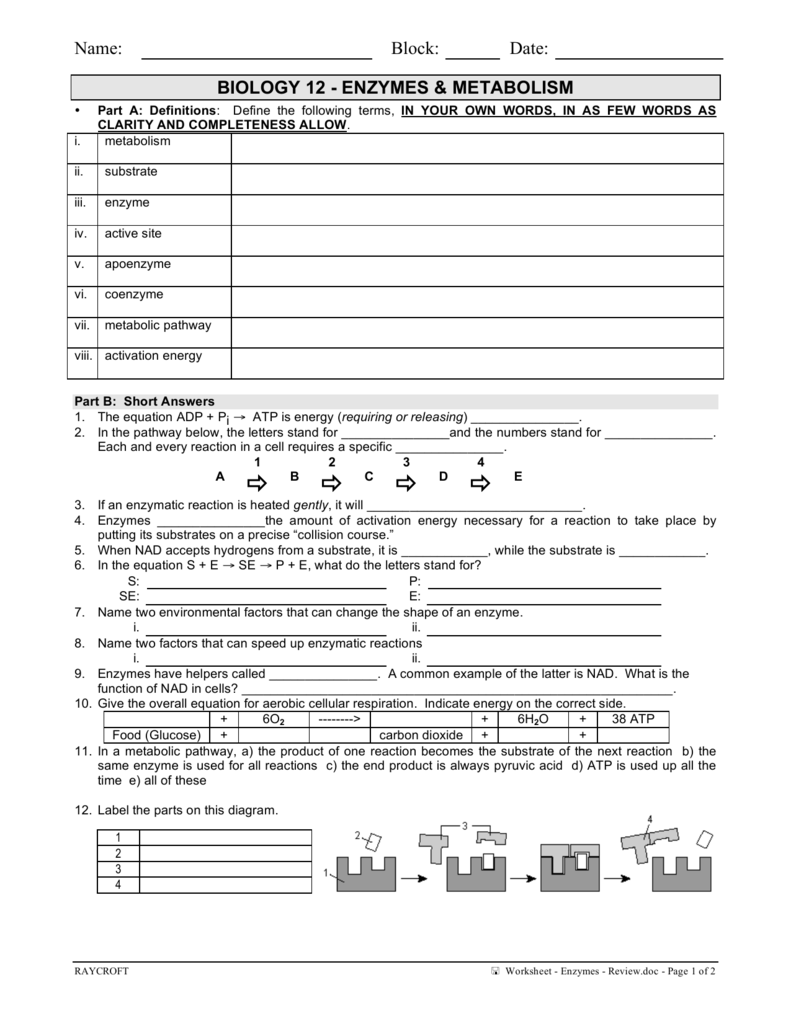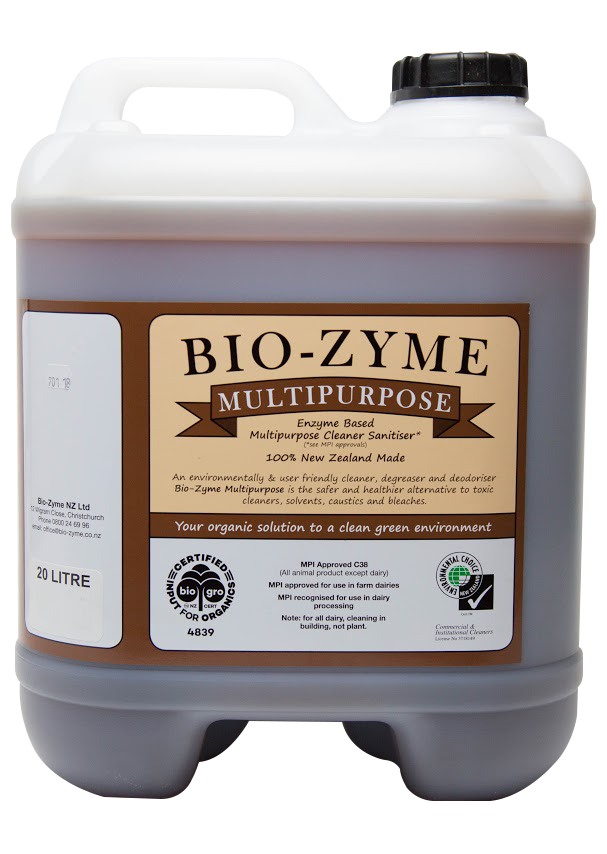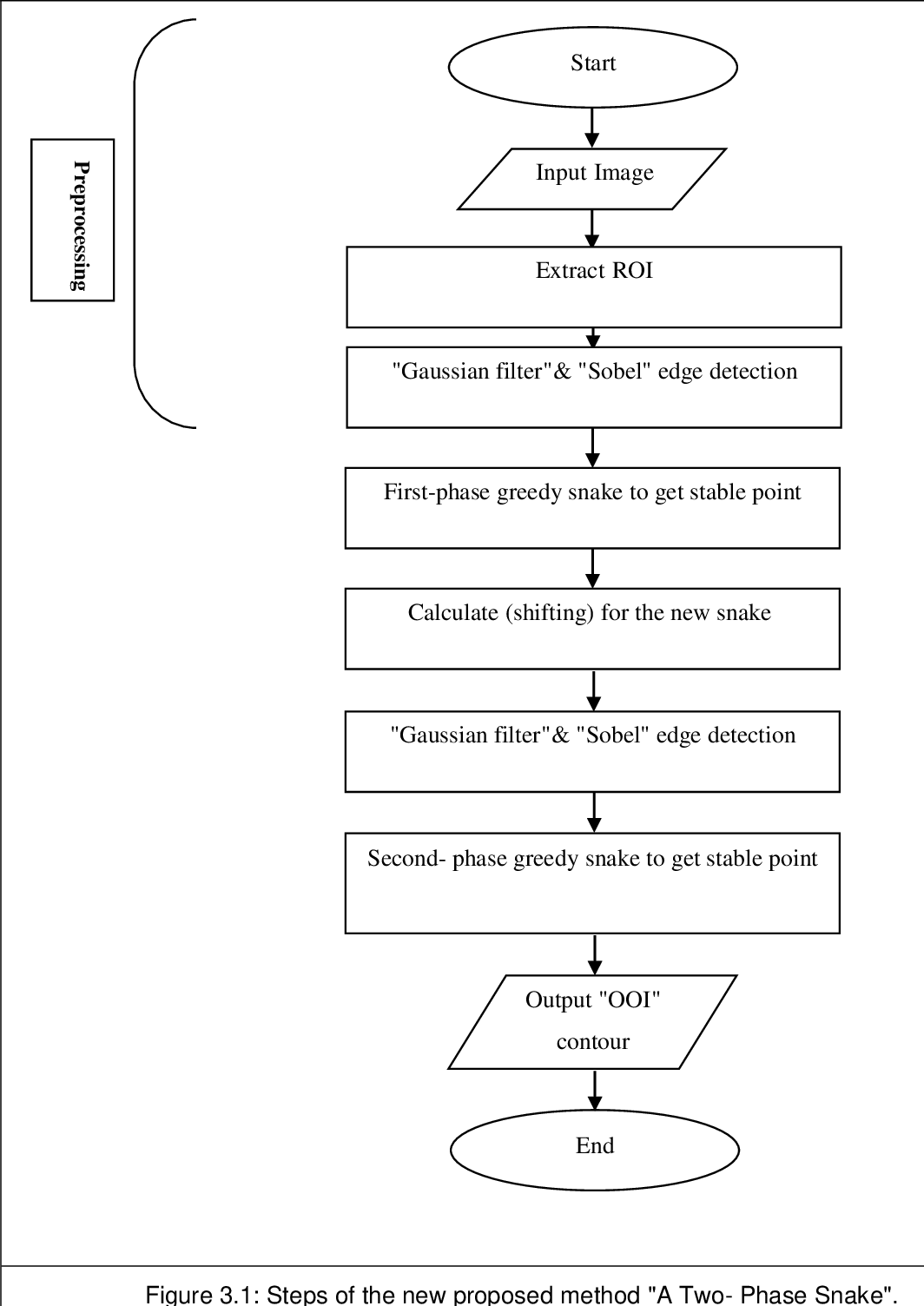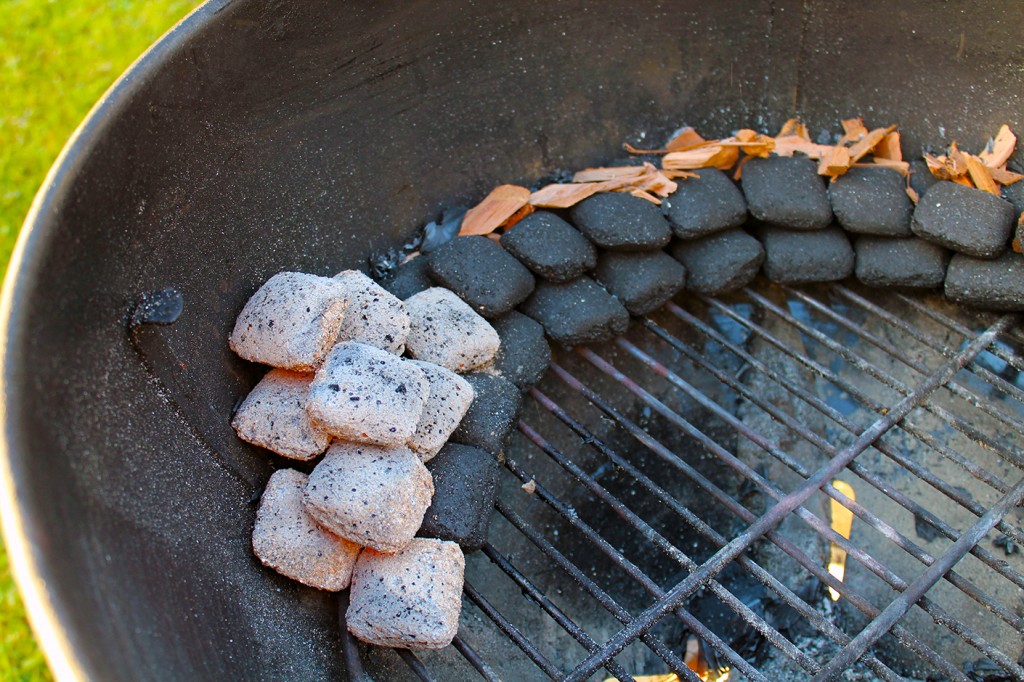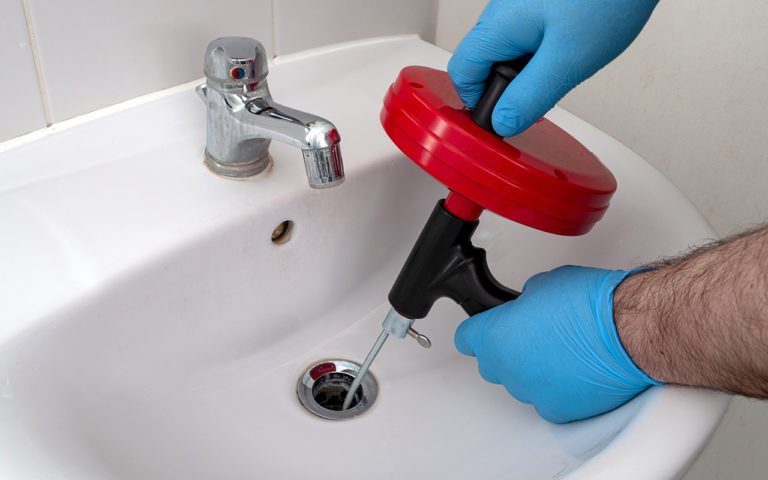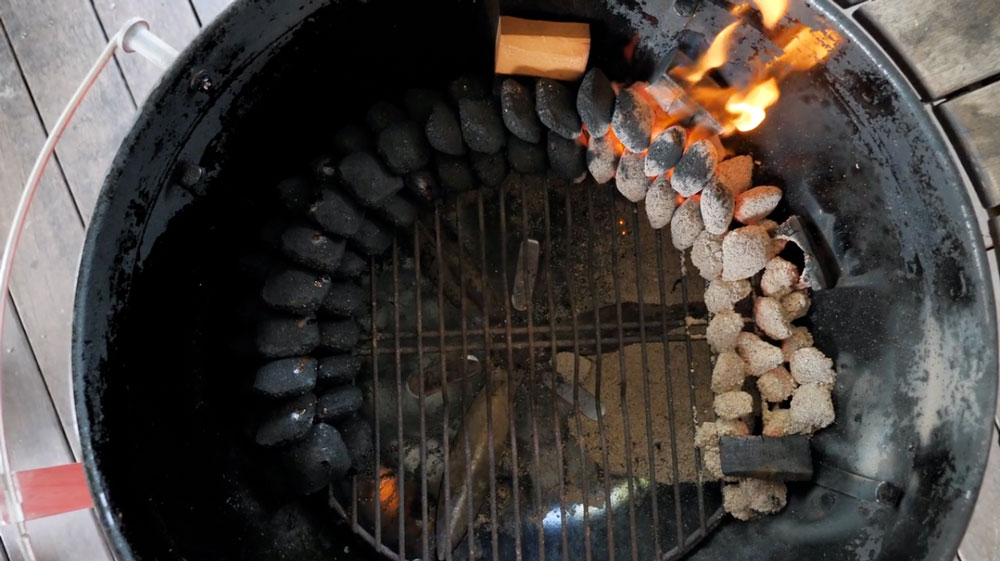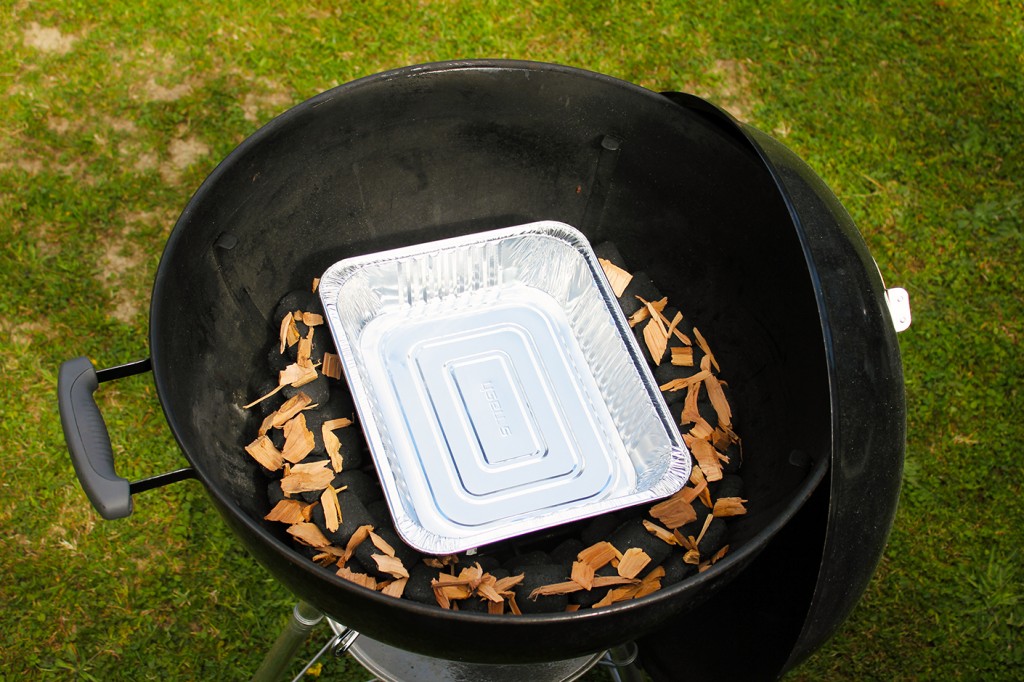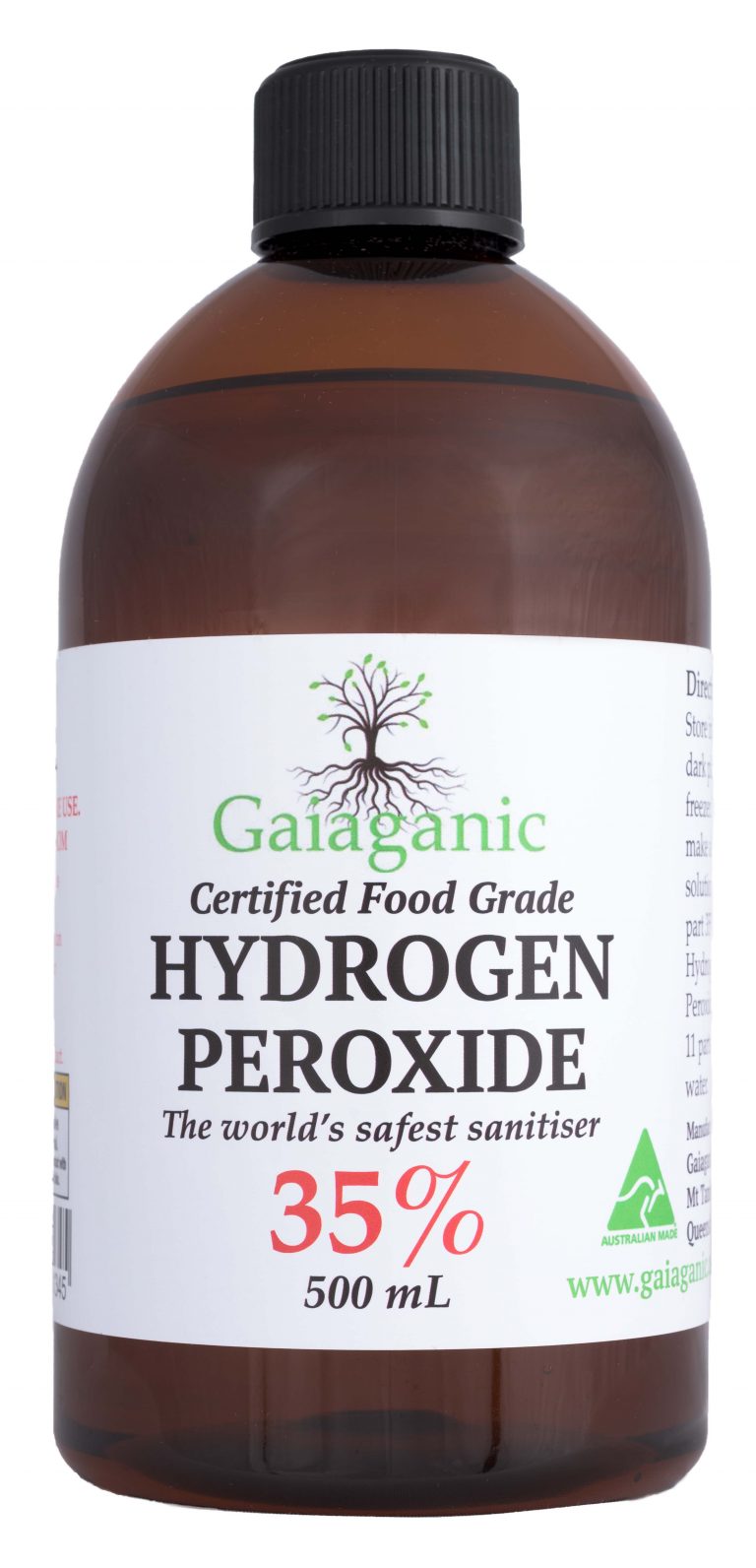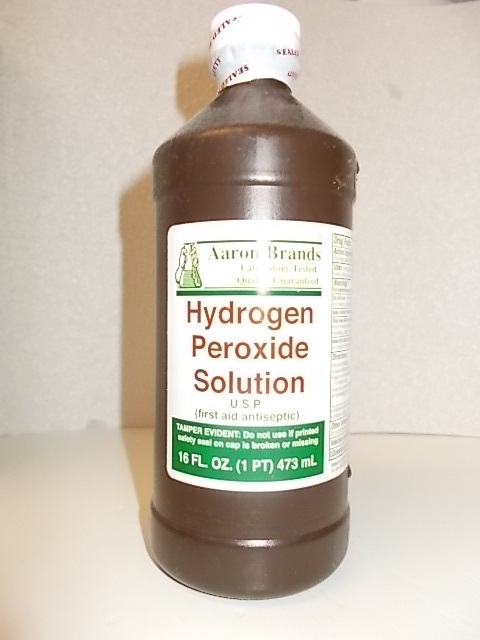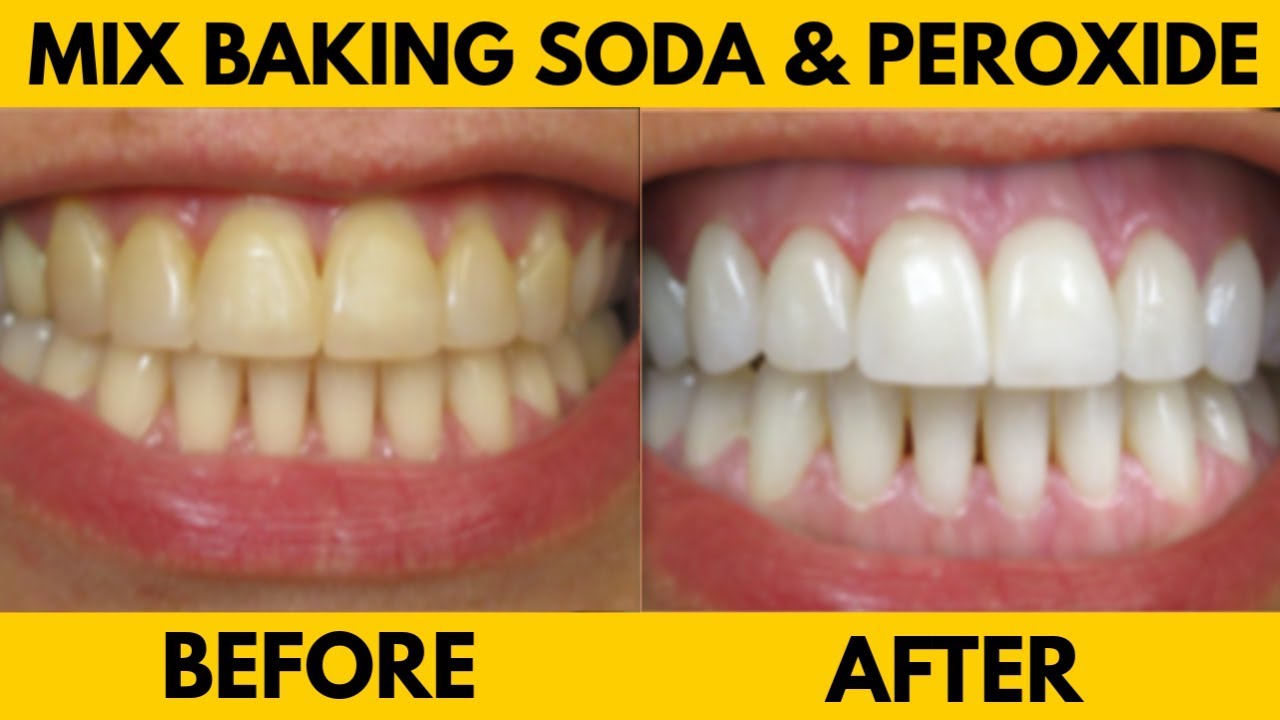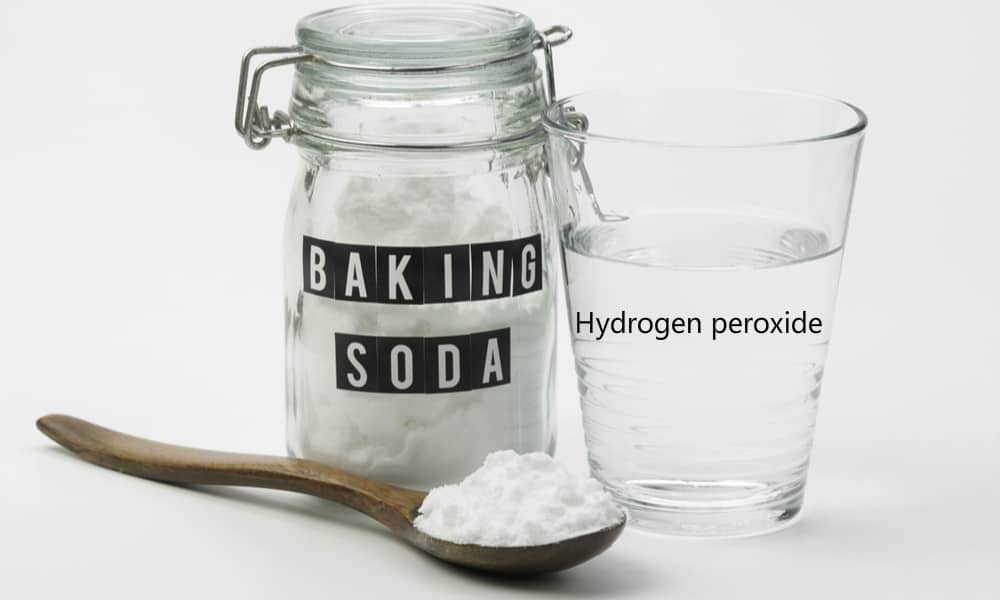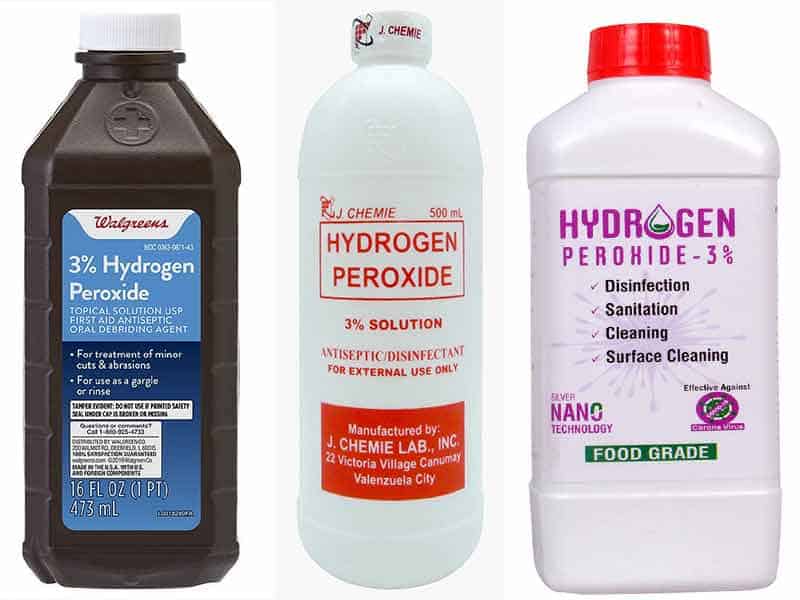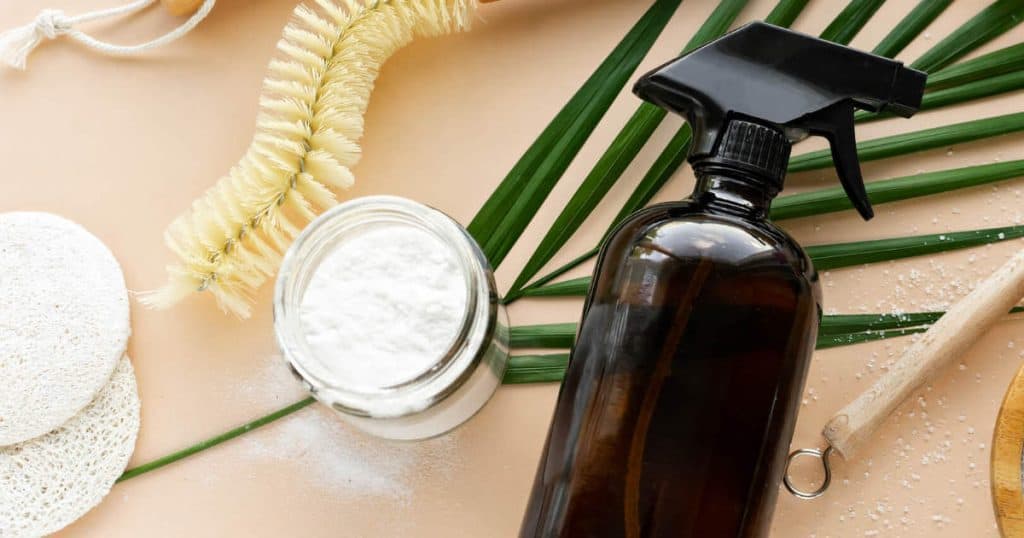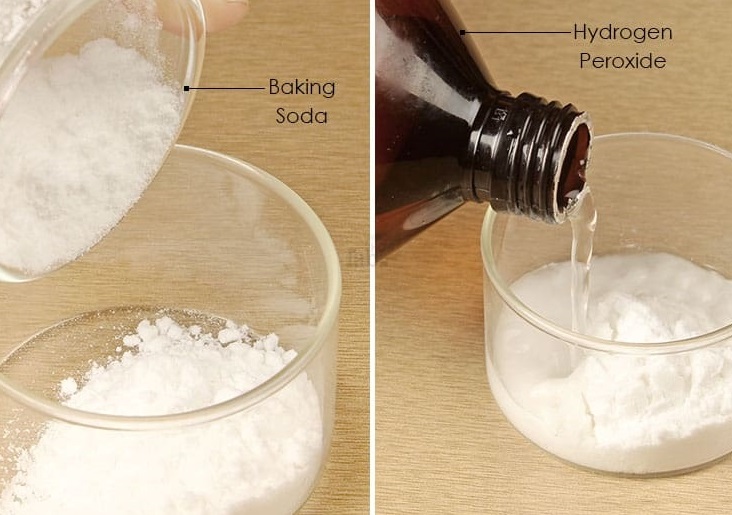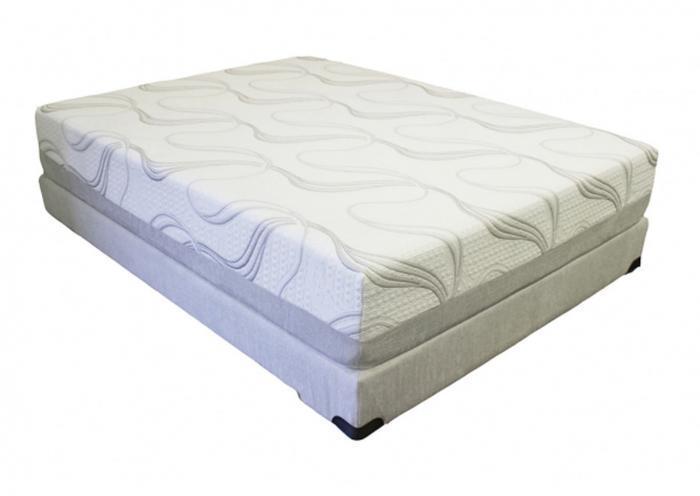If you're looking for a natural and effective way to unclog your kitchen sink, try the baking soda and vinegar method. This age-old solution is not only easy to do, but it's also budget-friendly and gentle on your pipes. All you need is some baking soda, white vinegar, and hot water. To start, remove any standing water from your sink using a cup or a bowl. Then, pour about half a cup of baking soda down the drain. Follow it with a cup of white vinegar and immediately cover the drain with a cloth or a stopper. The mixture will start to foam and bubble, which is a good sign as it means it's working to break down any clogs. After about 15 minutes, remove the cover and pour a pot of hot water down the drain to flush out any remaining debris. This method is especially effective for minor clogs and can also help freshen up your drain.1. Baking Soda and Vinegar Method
The plunger method is a classic solution for unclogging a kitchen sink. It works by creating suction and pressure to dislodge any blockages in your pipes. For this method, you'll need a plunger specifically designed for sinks, as they have a larger and flatter rubber head compared to a regular plunger for toilets. To use a plunger, fill your sink with enough water to cover the rubber head. Place the plunger over the drain and push down gently, then pull up quickly. Repeat this motion a few times until the water starts to drain. If the water doesn't drain, you may need to add more water and continue plunging until the clog is cleared.2. Plunger Method
If you have a grease buildup in your drain, the boiling water method may be the solution for you. This method works by melting the grease and flushing out any debris that may be causing the clog. To start, bring a pot of water to a boil. While waiting for the water to heat up, remove any standing water from your sink. Once the water is boiling, carefully pour it down the drain in three stages, waiting a few seconds between each pour. The hot water should start to dissolve the grease and clear the clog. However, be cautious not to use this method on plastic pipes as the hot water can cause damage.3. Boiling Water Method
If you're dealing with a minor clog, the salt and hot water method may do the trick. This method works by using the abrasive texture of salt to break up any debris in your pipes. To use this method, pour half a cup of coarse salt down the drain, followed by a pot of hot water. The hot water will dissolve the salt and push it down the drain, scrubbing away any buildup as it goes. This method is also safe to use on plastic pipes.4. Salt and Hot Water Method
If you have a stubborn clog in your kitchen sink, try using dish soap and hot water to break it down. This method is similar to the salt and hot water method, but dish soap has the added benefit of being a degreaser, making it more effective for grease buildup. To use this method, pour a few tablespoons of dish soap down the drain, followed by a pot of hot water. Let it sit for a few minutes, then run hot water down the drain to flush out the clog. You may need to repeat this process a few times for tougher clogs.5. Dish Soap and Hot Water Method
If you have a wet and dry vacuum at home, you can also use it to unclog your kitchen sink. This method works by creating suction to pull out any debris that may be causing the clog. To use this method, remove any standing water from your sink using a cup or a bowl. Place the vacuum hose over the drain, making sure it's sealed tightly. Then, turn on the vacuum to its highest setting and let it run for a few minutes. The suction should pull out the clog, and you can then use hot water to flush out any remaining debris.6. Wet and Dry Vacuum Method
If you don't have any specific tools for unclogging your kitchen sink, a simple wire hanger can do the trick. This method is best for clogs that are located close to the surface of the drain. To use this method, straighten out a wire hanger and create a small hook at one end. Insert the hooked end into the drain and start fishing for any debris that may be causing the clog. Once you've pulled out as much debris as you can, run hot water down the drain to flush out any remaining pieces.7. Wire Hanger Method
For a more natural and long-term solution to unclogging your kitchen sink, consider using an enzyme cleaner. These cleaners contain natural enzymes that break down organic material, making them effective for clearing out any buildup in your pipes. To use this method, pour the recommended amount of enzyme cleaner down the drain, followed by hot water. Let it sit overnight, and in the morning, run hot water down the drain to flush out any remaining debris. This method is also safe for plastic pipes and can help prevent future clogs.8. Enzyme Cleaner Method
If all else fails, a plumbing snake may be your last resort for unclogging a kitchen sink. This tool, also known as a drain auger, is a long, flexible wire with a corkscrew-like end that can reach deep into your pipes to dislodge any blockages. To use a plumbing snake, insert the end into the drain and start slowly rotating it while pushing it further into the pipes. Once you feel resistance, continue rotating and pushing until the snake breaks through the clog. Then, pull out the snake and run hot water down the drain to flush out any remaining debris.9. Plumbing Snake Method
For tough and stubborn clogs, consider combining hydrogen peroxide and baking soda for a powerful unclogging solution. Hydrogen peroxide is a natural cleaning agent, while baking soda has abrasive properties, making this combination effective for breaking down and scrubbing away any buildup in your pipes. To use this method, mix equal parts hydrogen peroxide and baking soda in a bowl to create a paste. Then, pour the mixture down the drain and let it sit for about an hour. Afterward, run hot water down the drain to flush out the clog. You may need to repeat this process a few times for tougher clogs. In conclusion, there are many effective ways to unclog a kitchen sink without using harsh chemicals or calling a plumber. From simple DIY methods using household items to more specialized tools and cleaners, you can choose the best solution that works for you. Remember to always be cautious and follow safety guidelines when using any of these methods. If the clog persists, it may be a sign of a more significant plumbing issue, and it's best to seek professional help.10. Hydrogen Peroxide and Baking Soda Method
Why a Clogged Kitchen Sink is a Common Household Problem

The Importance of a Properly Functioning Kitchen Sink
 Having a clogged kitchen sink can be a major inconvenience for any homeowner. Not only does it disrupt daily tasks such as washing dishes and preparing meals, but it can also lead to expensive plumbing repairs if left untreated. As the main hub of any household, the kitchen sink is used multiple times a day for various purposes. From washing hands and utensils to disposing of food scraps, it is important to have a properly functioning kitchen sink to maintain a clean and hygienic home.
Having a clogged kitchen sink can be a major inconvenience for any homeowner. Not only does it disrupt daily tasks such as washing dishes and preparing meals, but it can also lead to expensive plumbing repairs if left untreated. As the main hub of any household, the kitchen sink is used multiple times a day for various purposes. From washing hands and utensils to disposing of food scraps, it is important to have a properly functioning kitchen sink to maintain a clean and hygienic home.
The Causes of a Clogged Kitchen Sink
 There are several factors that can contribute to a clogged kitchen sink. One of the most common causes is food debris and grease buildup in the pipes. Over time, these substances can accumulate and create a blockage, causing water to back up in the sink. Another common culprit is foreign objects such as small utensils or leftover packaging materials that accidentally fall into the drain. Additionally, hard water minerals can also build up and cause blockages in the pipes, making it difficult for water to flow freely.
There are several factors that can contribute to a clogged kitchen sink. One of the most common causes is food debris and grease buildup in the pipes. Over time, these substances can accumulate and create a blockage, causing water to back up in the sink. Another common culprit is foreign objects such as small utensils or leftover packaging materials that accidentally fall into the drain. Additionally, hard water minerals can also build up and cause blockages in the pipes, making it difficult for water to flow freely.
The Best Way to Unclog a Kitchen Sink
 When faced with a clogged kitchen sink, many homeowners resort to using chemical drain cleaners. However, these harsh chemicals can be harmful to the environment and may even damage the pipes if used frequently. A more natural and effective solution is to use a plunger. This simple tool can create suction and dislodge the blockage, allowing the water to flow freely again. In more severe cases, a plumber's snake or hydro jetting may be necessary to remove stubborn clogs.
When faced with a clogged kitchen sink, many homeowners resort to using chemical drain cleaners. However, these harsh chemicals can be harmful to the environment and may even damage the pipes if used frequently. A more natural and effective solution is to use a plunger. This simple tool can create suction and dislodge the blockage, allowing the water to flow freely again. In more severe cases, a plumber's snake or hydro jetting may be necessary to remove stubborn clogs.
Preventing Future Clogs
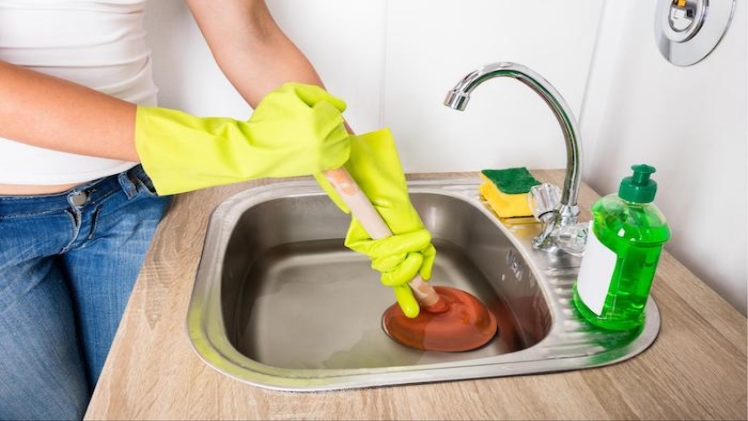 The best way to deal with a clogged kitchen sink is to prevent it from happening in the first place. This can be achieved by being mindful of what goes down the drain. Avoid pouring grease and oil down the sink and always scrape off food scraps into the trash before washing dishes. It is also important to regularly clean the pipes by pouring a mixture of baking soda and vinegar down the drain, followed by hot water. Installing a mesh strainer can also help catch any food debris or foreign objects before they cause a clog.
The best way to deal with a clogged kitchen sink is to prevent it from happening in the first place. This can be achieved by being mindful of what goes down the drain. Avoid pouring grease and oil down the sink and always scrape off food scraps into the trash before washing dishes. It is also important to regularly clean the pipes by pouring a mixture of baking soda and vinegar down the drain, followed by hot water. Installing a mesh strainer can also help catch any food debris or foreign objects before they cause a clog.
In Conclusion
 In conclusion, a clogged kitchen sink is a common household problem that can cause major inconvenience and potentially expensive repairs. By understanding the causes and implementing preventive measures, homeowners can keep their kitchen sinks functioning properly. In the event of a clog, using natural methods such as a plunger can effectively remove the blockage without causing harm to the environment or pipes. Remember, prevention is key when it comes to maintaining a healthy and functional kitchen sink.
In conclusion, a clogged kitchen sink is a common household problem that can cause major inconvenience and potentially expensive repairs. By understanding the causes and implementing preventive measures, homeowners can keep their kitchen sinks functioning properly. In the event of a clog, using natural methods such as a plunger can effectively remove the blockage without causing harm to the environment or pipes. Remember, prevention is key when it comes to maintaining a healthy and functional kitchen sink.



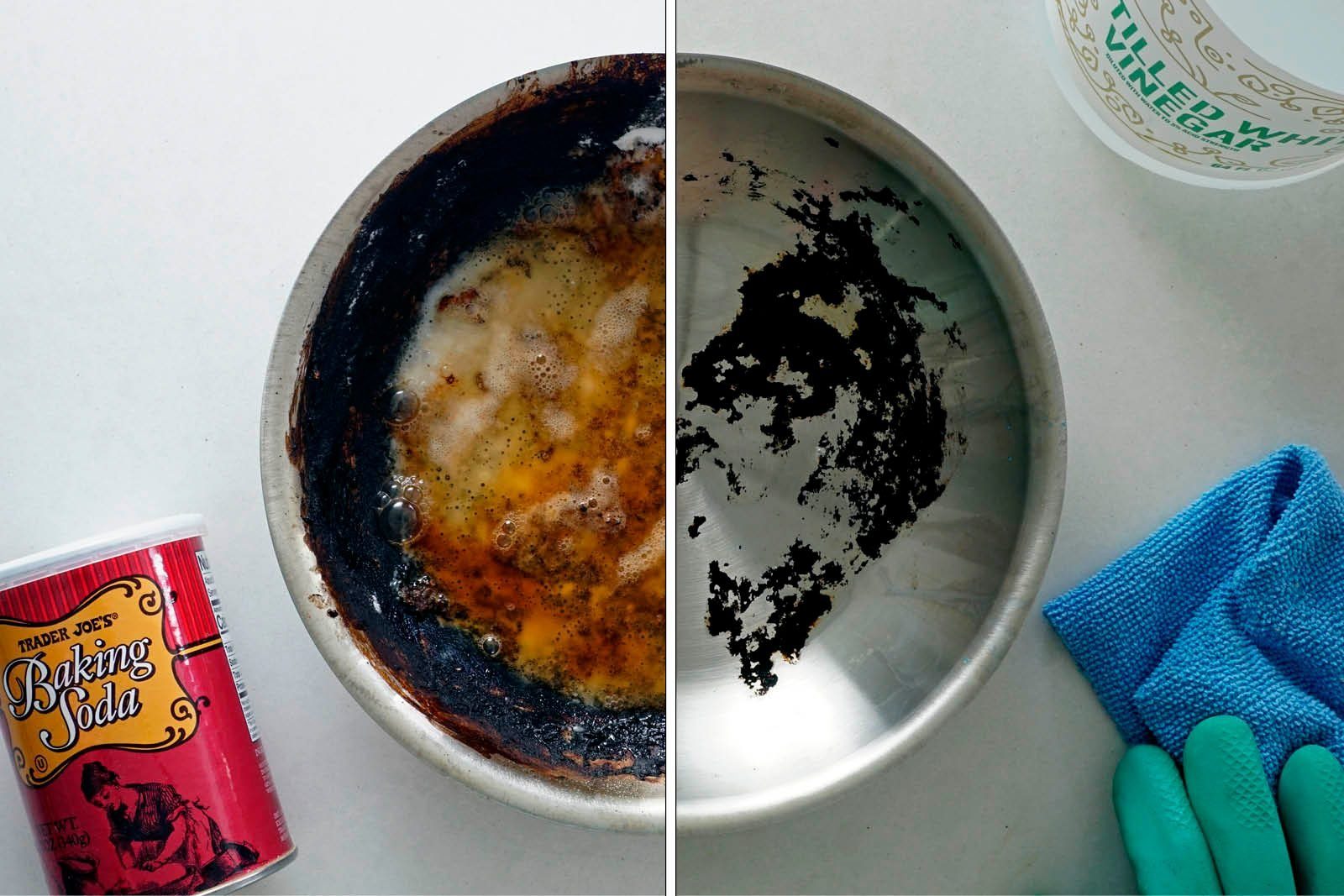
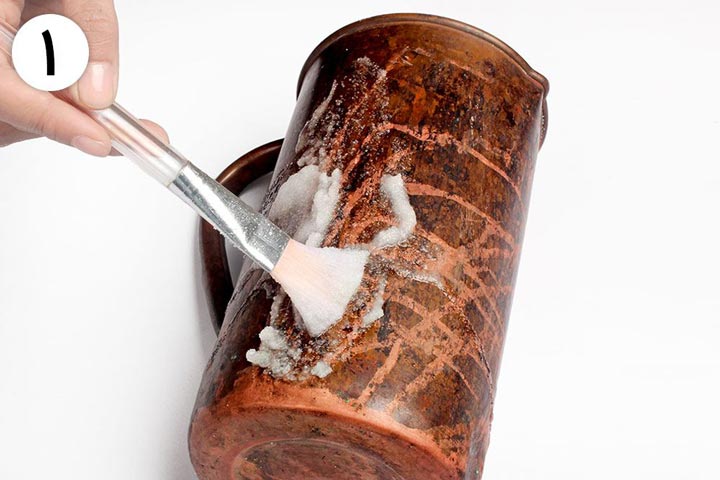

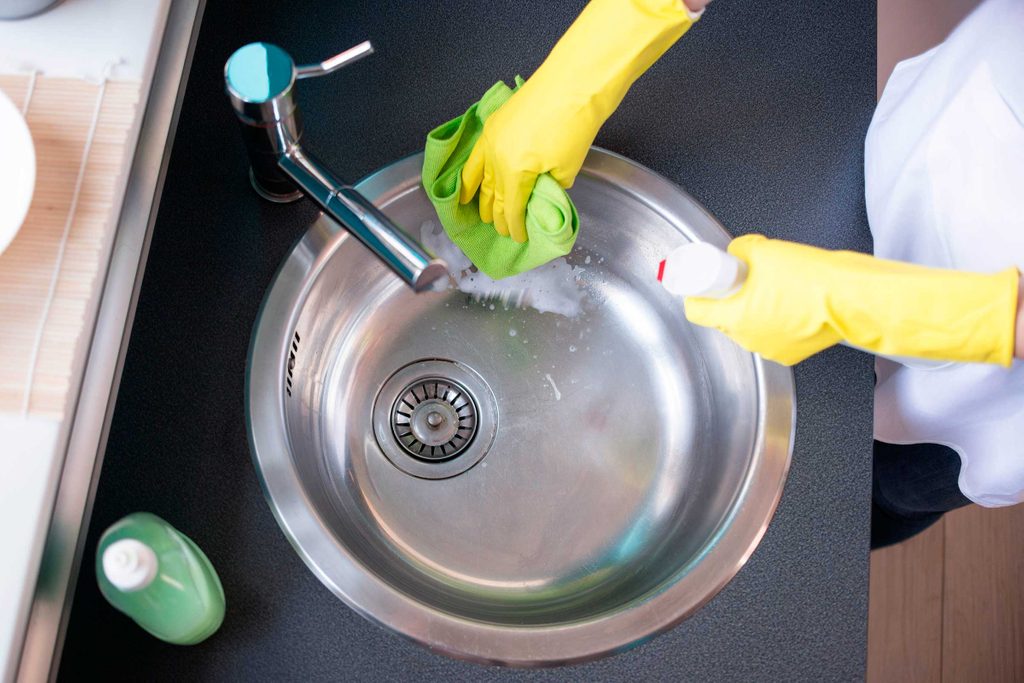




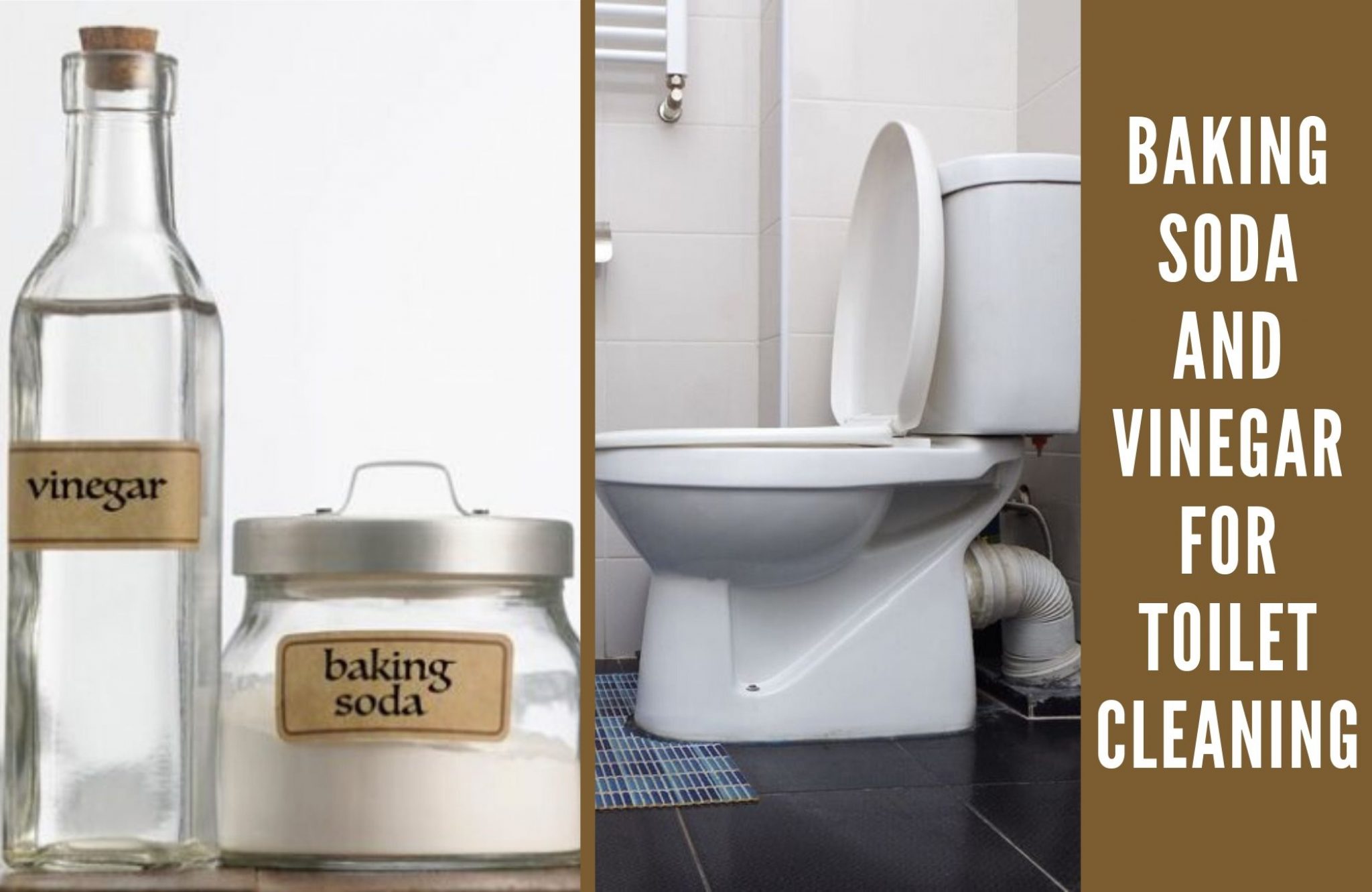




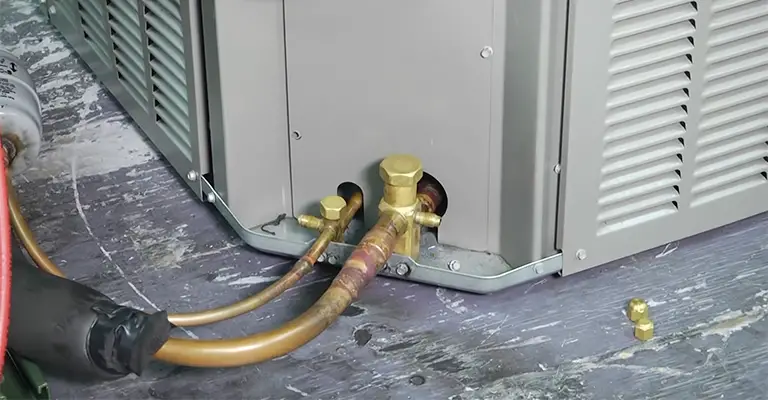
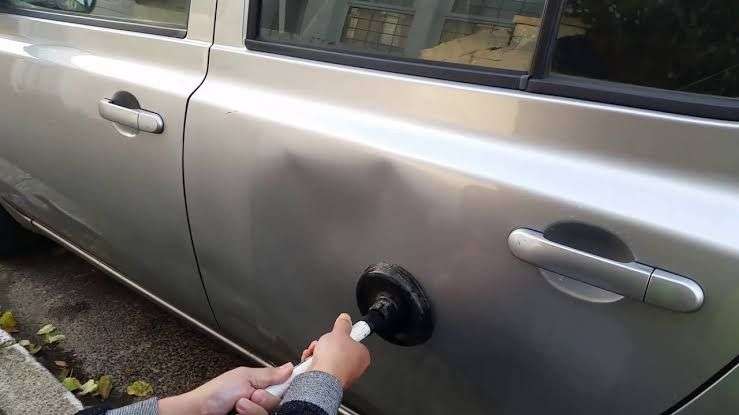



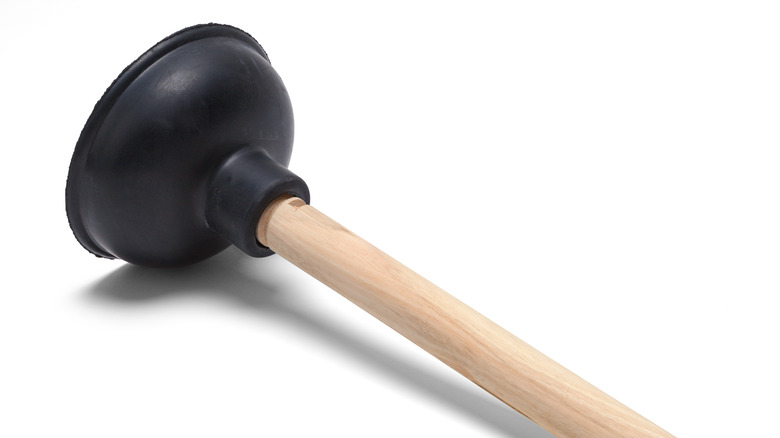




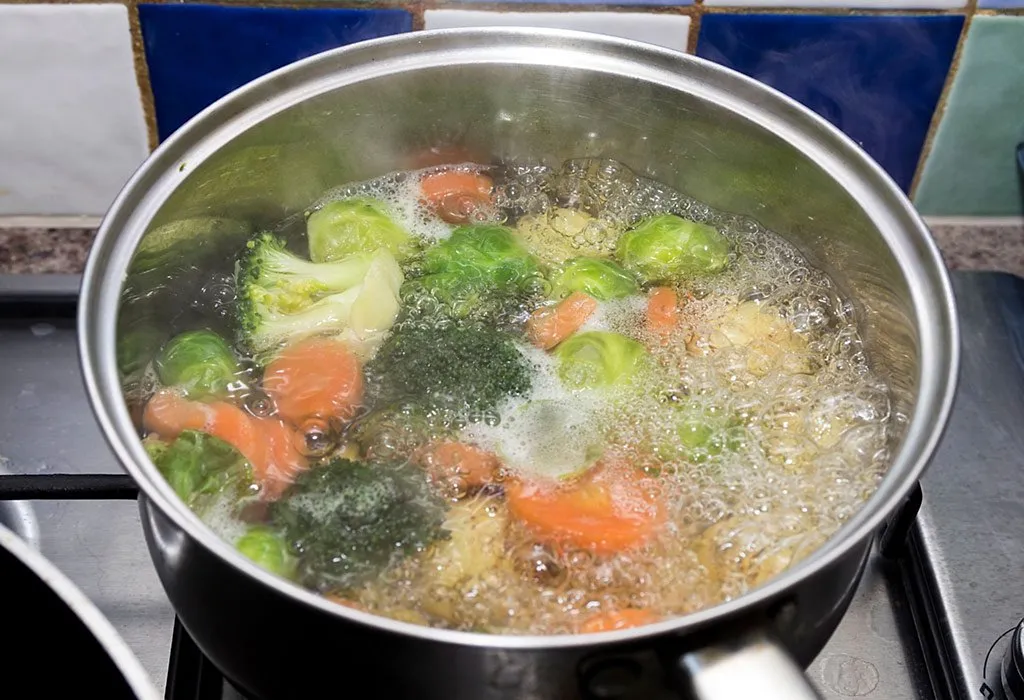
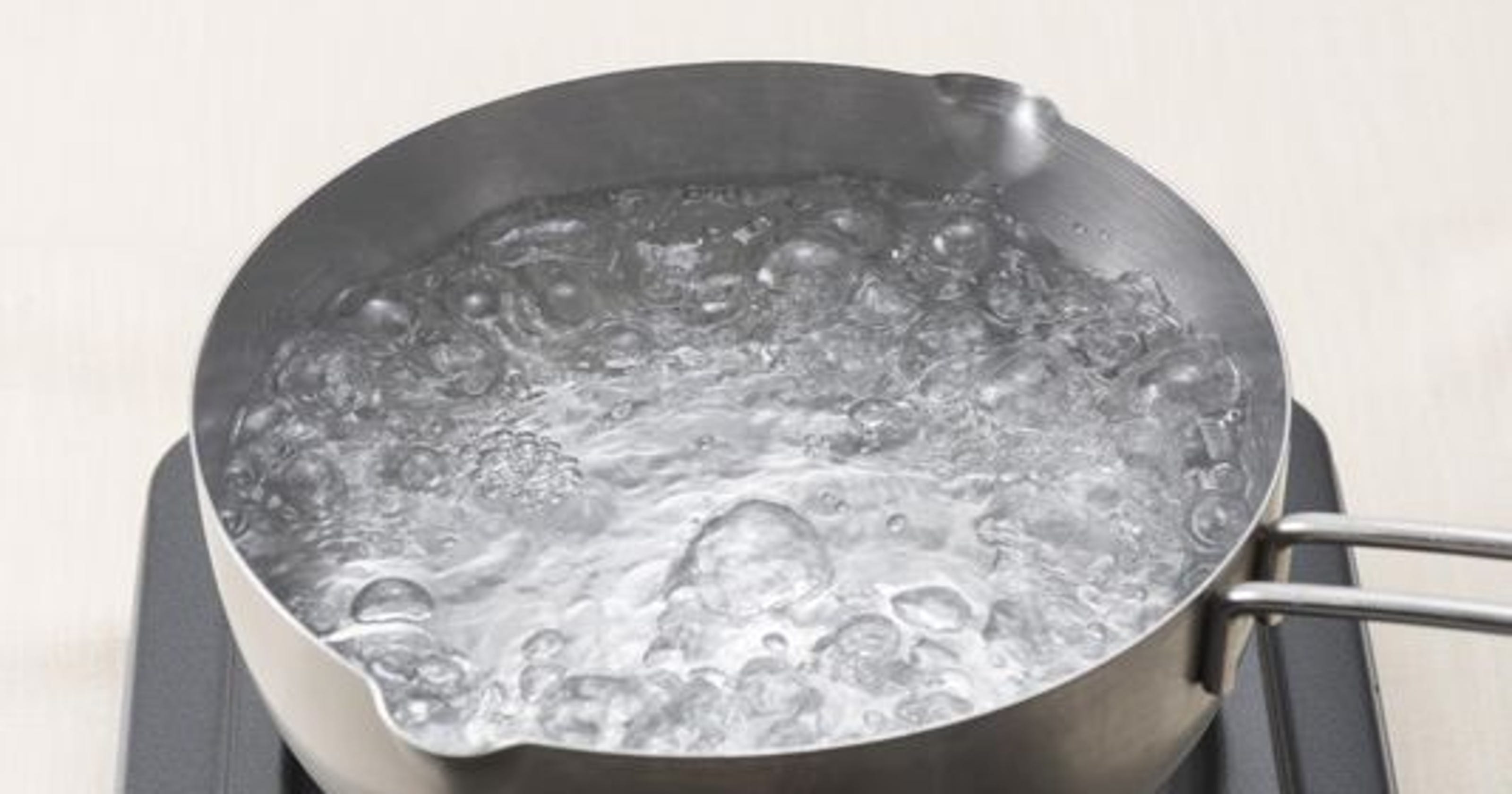
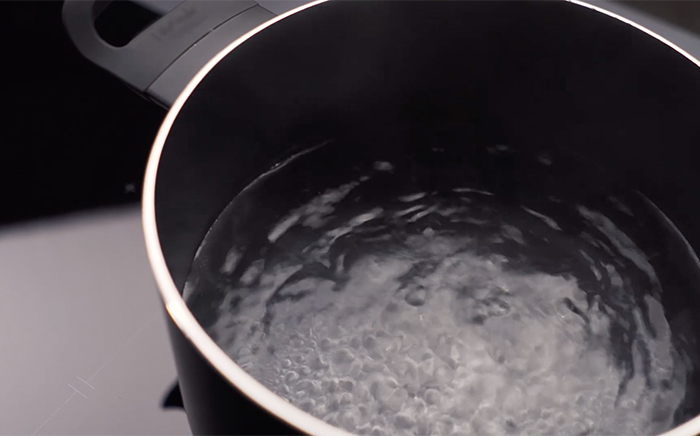
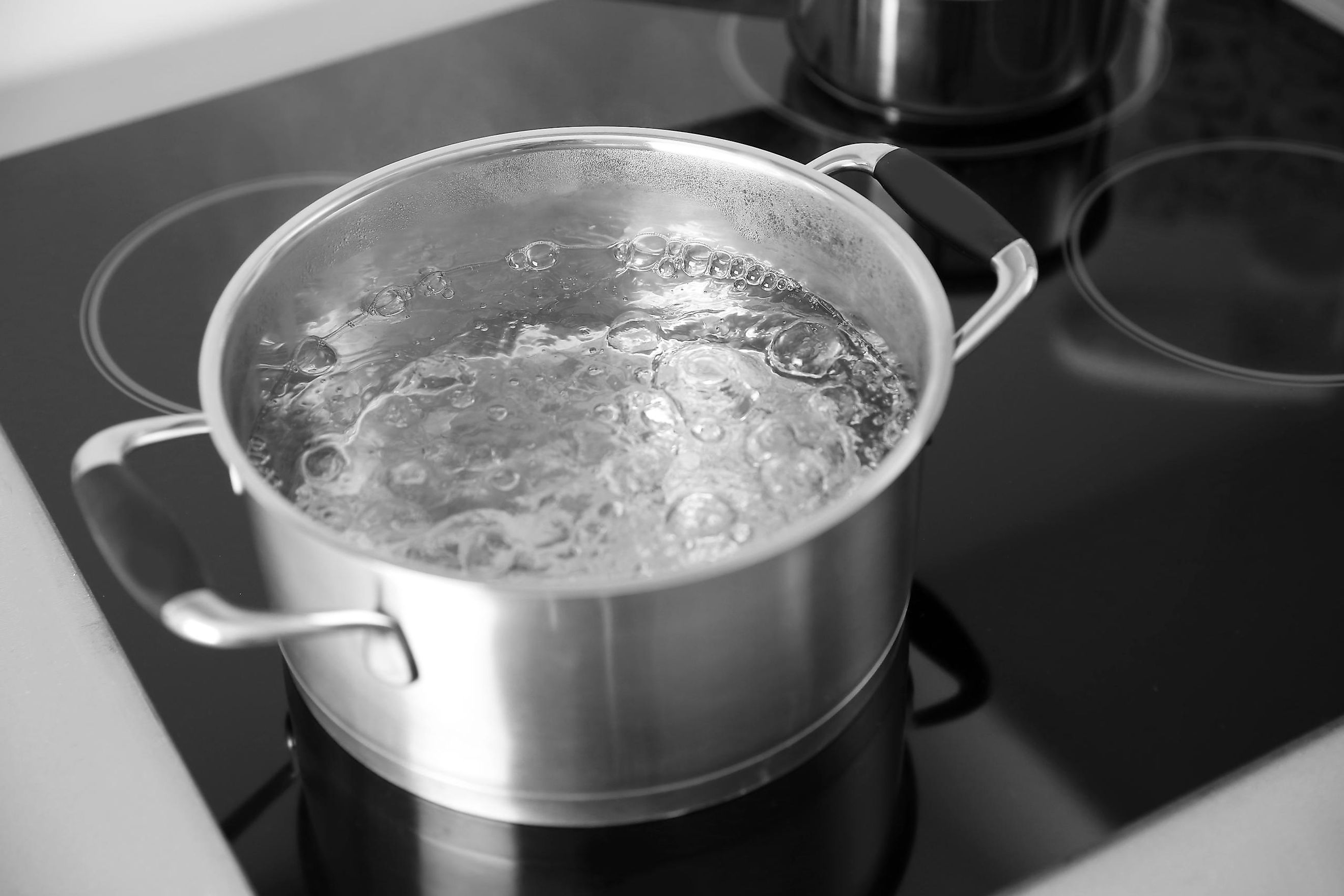
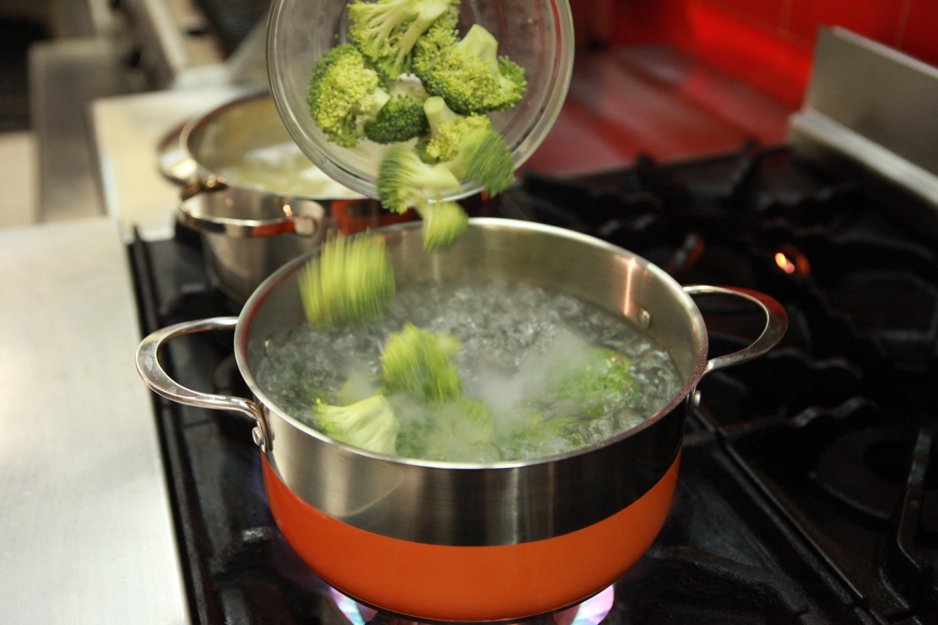







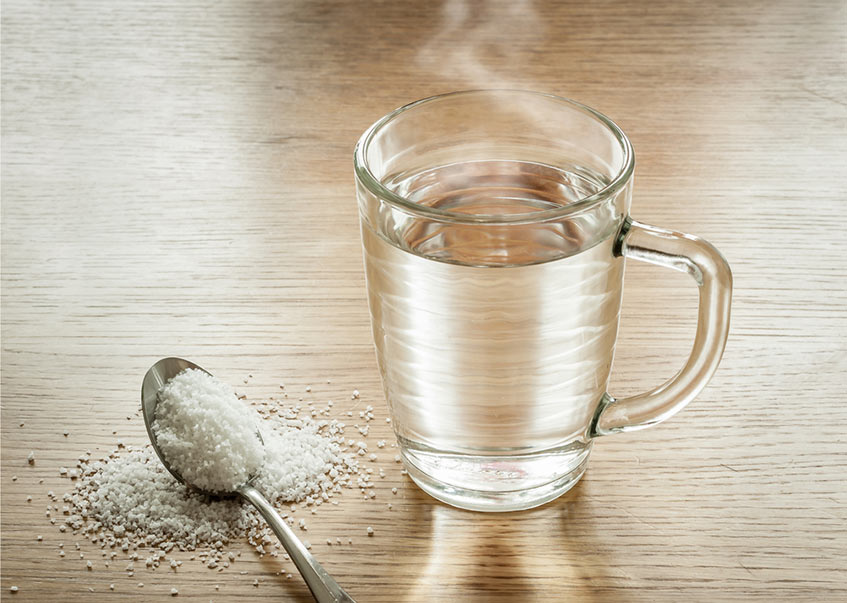


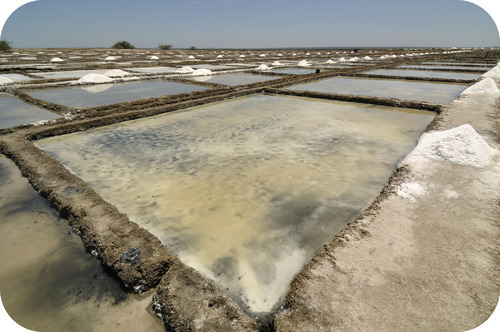

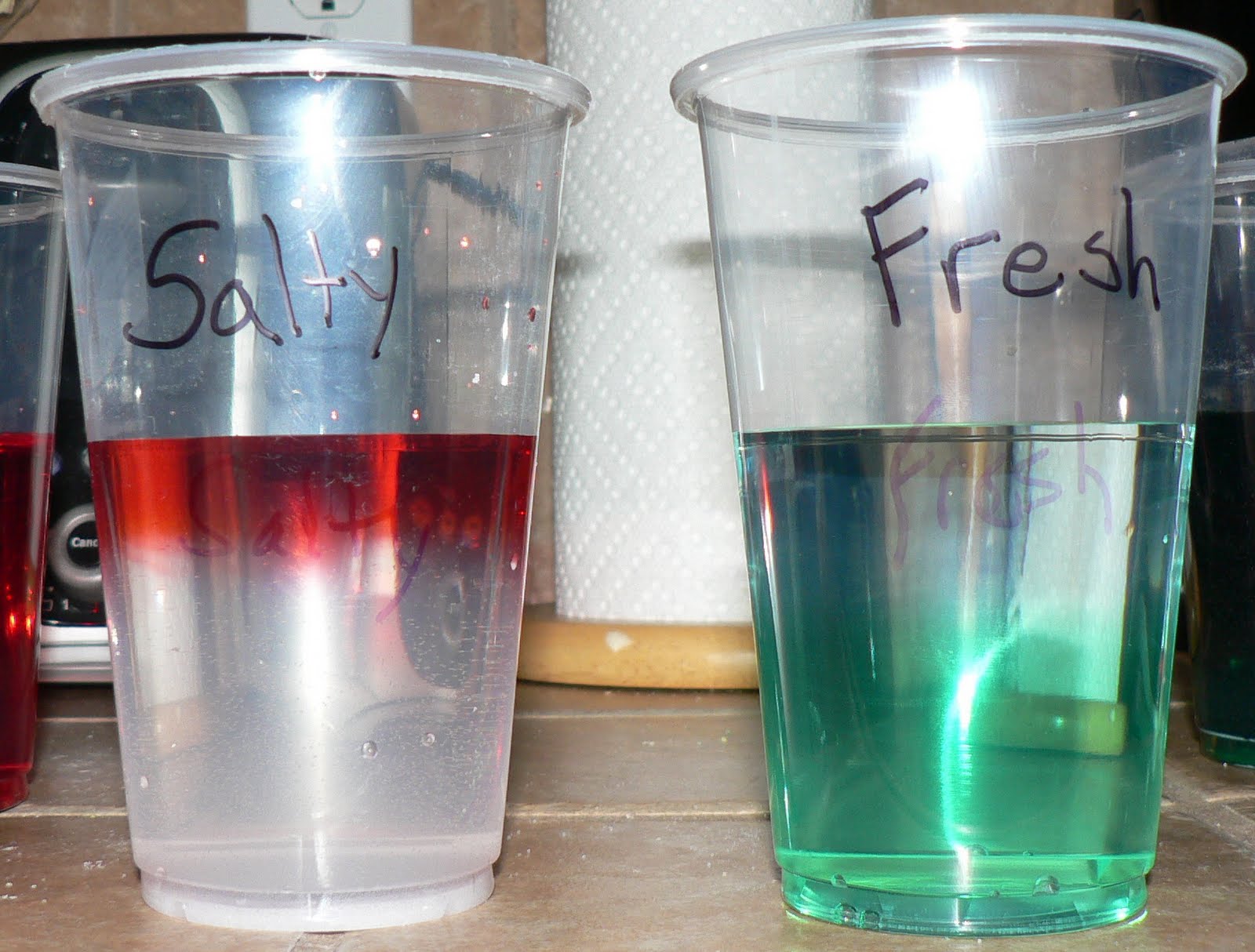



/GettyImages-80566571-5a1ca234aad52b00373338ff.jpg)
